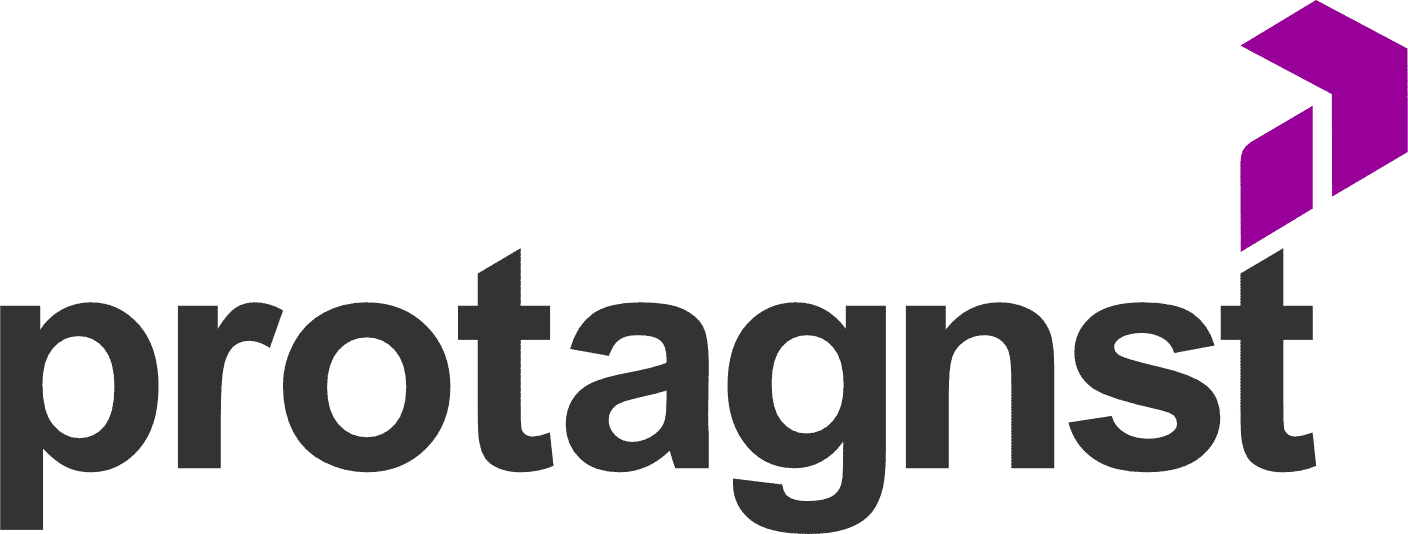Sales pitch: complete guide with concepts and examples

Knowing how to use a sales pitch is increasingly what determines the success of a negotiation. After all, we all have less and less time and need to optimize it as much as possible. The problem, however, is managing to combine a sales approach that is efficient, direct, and non-intrusive all at the same time. […]
Customer acquisition: everything you need to know about the subject

In this context, a few points must be understood for the acquisition of corporate clients to be successful. With this in mind, we present throughout this article the essential elements to help you acquire more clients and, consequently, boost your company’s results. Enjoy your reading! Keep in Mind the Specifics of the B2B Market Business […]
Lead generation: how does it work and how to do it the best way?

Do you know how to measure the results of your Inbound Marketing to capture potential customers? If the answer is no, that’s a sign that your website doesn’t have efficient lead generation. After all, more than just gaining visitors, everyone wants to turn a visit into a deal, right? But what exactly is a lead […]
What is pre-sales and how does it help in prospecting customers?

ASe você quer prospectar novos clientes vai precisar de muito empenho e uma boa dose de perseverança! Por isso, entender o que é pré-venda é algo fundamental para o seu sucesso. Não existe uma regra ou fórmula pronta, mas, muitas vezes, quando todo o esforço recai sobre o profissional de vendas, corre-se o risco de […]
How to Sell Digital Marketing Services to Local Businesses

Understanding the Local Market When you decide to venture into the world of local business, understanding your market is crucial. It’s not just about selling more; it’s about connecting with your community. In this guide, you’ll find effective strategies to navigate the local market, leveraging consumer behavior and analyzing your competition strategically. The Importance of […]
Role playing in sales: how to achieve super results with the technique?

Letting sales teams develop quickly and gain experience is every company’s dream. To achieve this, role-playing in the corporate environment has proven to be a powerful tool. As a dynamic of role-playing and scenario interpretation, sales role-playing fulfills the role of providing this experience to employees but in a controlled environment without compromising relationships with […]
How a Focus on Problem Solving Drives Sales DNA

Sales DNA: The Importance of Problem Solving in Sales The ability to solve problems is an essential characteristic for successful salespeople. However, while many salespeople may rely solely on their persuasion and negotiation skills, those who stand out are those who focus on finding solutions to their customers’ challenges. This is because when salespeople become […]
What are leads? How to capture, calify and convert?

Lead, leads, lid, lides, leed. The spelling varies, but the essence is the same: potential clients. Maintaining a healthy business environment involves many factors. There are external ones, like the overall state of the economy, which are often beyond our control—and the pandemic is proof of that. But there are also internal factors, which depend […]
Online consultants to boost your business

In the business world, success is often in the hands of true heroes who, like a nautical compass, guide us through the vast ocean of business decisions. These heroes, also known as Online Consultants, work tirelessly to help companies overcome challenges and achieve their goals. Like a lighthouse in the middle of a storm, they […]
How to prospect by phone to capture customers

Prospecting for customers over the phone can be an efficient strategy to increase sales and expand a company’s customer base. However, it’s essential to approach this activity in a structured and strategic way to achieve positive results. In this article, we’ll discuss the best practices and strategies to prospect customers over the phone effectively and […]

